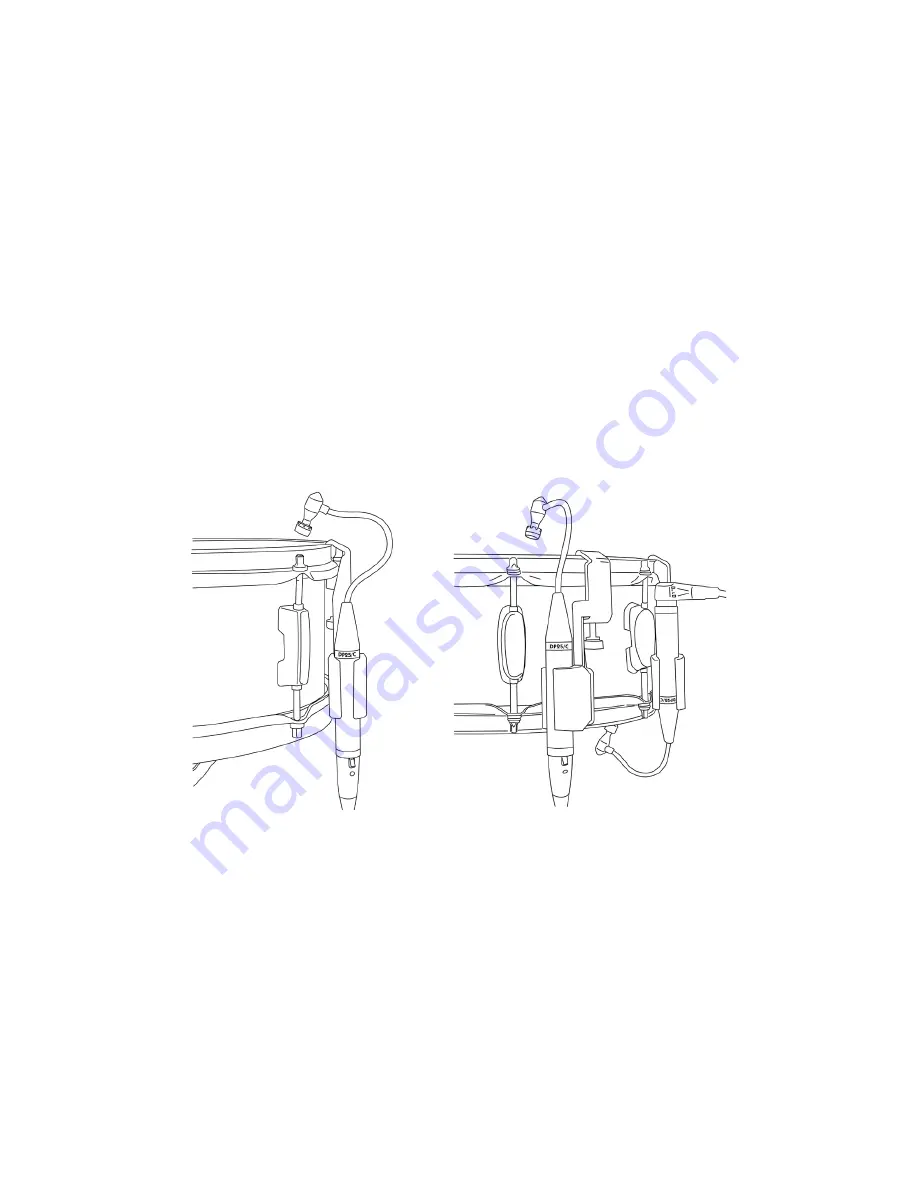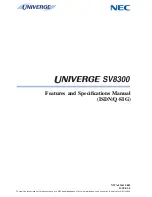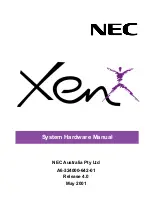
All of the previous information in this manual applies to both toms and snares
when using a Drum Periscope Microphone.
The DP25/C SnareMic has been optimized for miking snare drums, while the
DP30/C TomMic has been optimized for miking toms. The DP25/C SnareMic
has less low frequency response (down to 50Hz) so it does not sound “tubby”
on a snare drum. When using the DP25/C SnareMic, if you feel that there is still
too much low frequency response, use either a high-pass filter set somewhere
between 60Hz and 100Hz to reduce the low frequency response or a low fre-
quency equalizer (EQ) to accomplish the same thing by attenuating/cutting a
few dB in the area of 60Hz to 100Hz for the desired results.
The DP25/C SnareMic™ can be used on either the top drumhead, bottom drum-
head or both. Figure 7-A shows a snare drum with a DP25/C microphone placed
over the top drumhead, while Figure 7-B shows a share drum with both the top
and bottom heads miked.
Figure 7-A and 7-B Miking the Top or Top & Bottom of a Snare
Close Miking Toms with the DP30/C
The DP30/C TomMic™ has been optimized for miking toms with a low fre-
quency response of 30Hz. This extended low frequency response will provide
a rich and full tom sound. You can mike either the top head of a tom with the
DP30/C TomMic™ as indicated in Figure 8 or you can also mike the bottom, or
top and bottom of a tom in a similar fashion as shown on a snare in Figure 7-B.
You will notice in Figure 8-A the microphone head is placed closer to the drum
rim, while in Figure 8-B the microphone head is moved closer to the center of
the drumhead by changing the position of the mini-flex gooseneck.
11
A.
B.


































